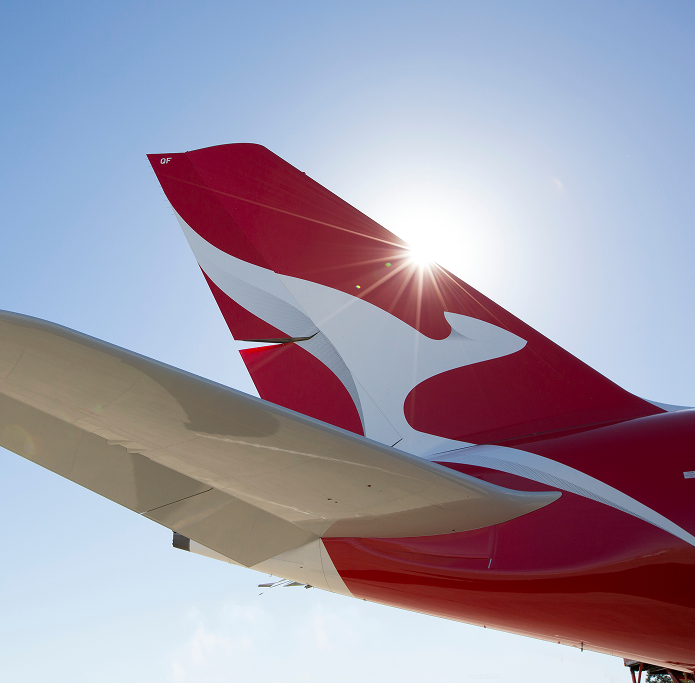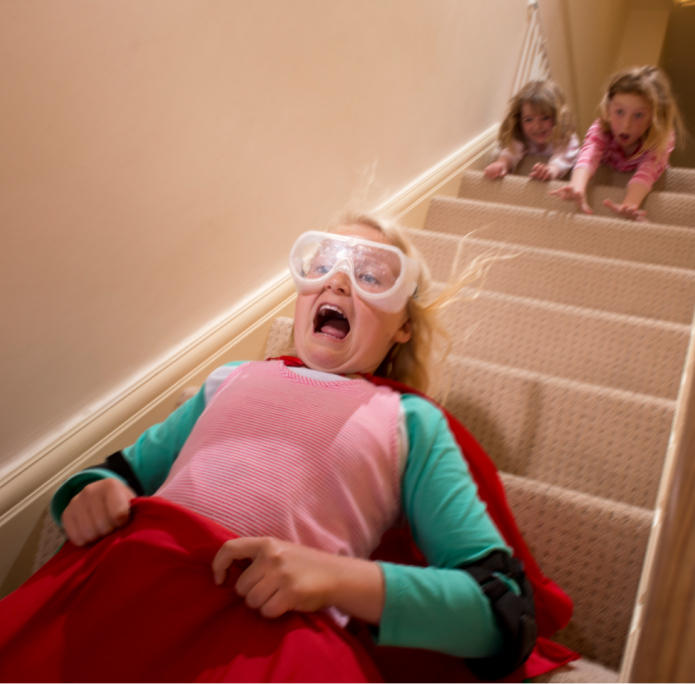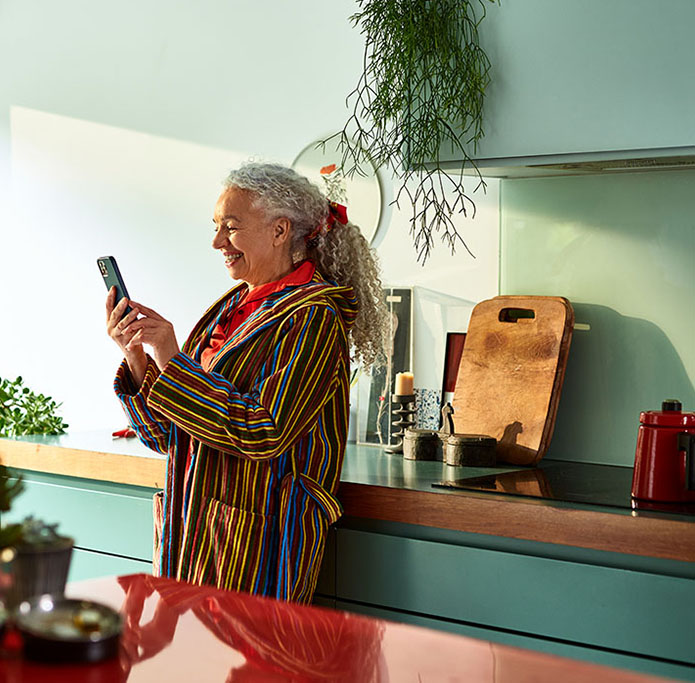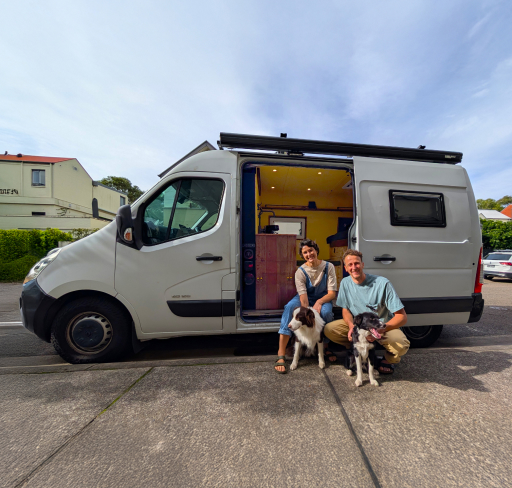What inspired you to convert a van into a campervan?
Brendan is an engineer and die-hard tinkerer – he always has at least three projects on the go. Laura is a veterinarian in the final stages of completing her specialist training in neurology and neurosurgery. We are the adventurous type, love all outdoor activities and go insane if not exposed to a forest or the ocean on a regular basis. We wanted a way of being able to make the most of our weekends, still get out and about but allow Laura to study and work for part of the weekend. We decided a campervan was the perfect solution.
It was a no-brainer that we wanted to make the conversion ourselves. Buying one already converted seemed really expensive and much less fun.
How did you choose the right van for your conversion?
Our non-negotiable items were:
Medium-length wheel base to fit a decent sized bed (we decided a long wheel base was too hard to park)
A high roof to be able to stand up (we are tall people)
Preferably automatic transmission
Not ancient
A common brand, so it was easy to find parts
Less than $25k.
We were less fussy about the exterior appearance and when we found the Guangzhao Chong Xing Express courier van we jumped on it.
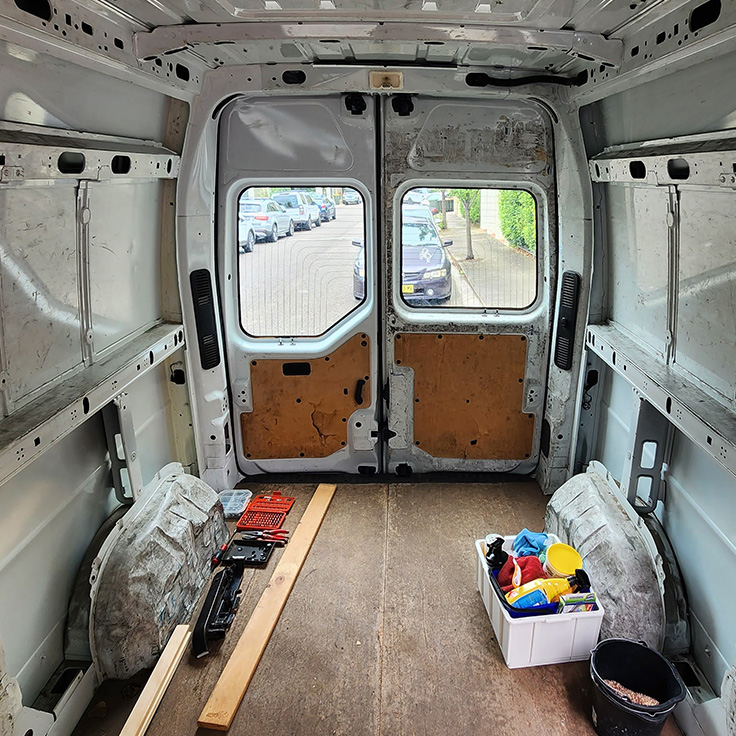
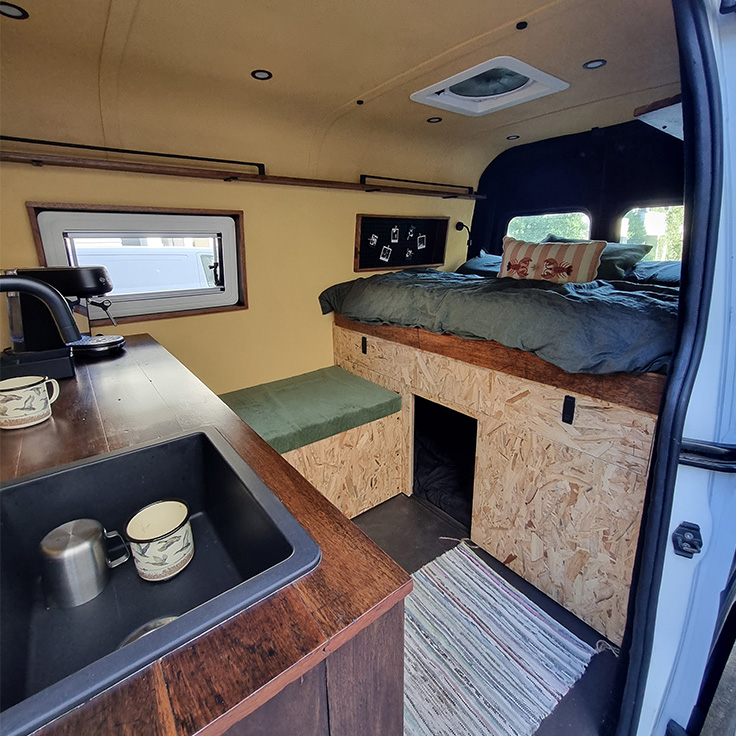
Can you walk us through the initial planning process?
Initially, it involved hours spent scrolling on Pinterest reading articles like “Five Regrets of My Van Build” and finding design inspo. We quickly decided on a pull-out bed because of our height and that decision somewhat dictated the rest of the layout. We really wanted an elevator bed (electrically lifts and drops) which is a huge space saver, but it was out of our budget. Fortunately, Brendan’s work uses detailed modelling software, so he was able to design the van into a three-dimensional model on his laptop. This was amazing to be able to visualise our ideas and calculate dimensions. We then created the entire layout in the van with cardboard boxes so we could get a feel for it and make sure we would fit.
How much did you budget for the entire conversion project, and did you manage to stick to it?
Honest answer: we didn’t budget. We are in a fortunate position where we have two decent incomes, a positively geared investment house and pretty cheap rent.
I think we expected to pay about $15-20k on the build and $20-25k on the van. We did find the van for $20k which was a steal. We ended up spending a total of $17,560 on the build.
Were there any unexpected costs that came up during the conversion process? If so, how did you handle them?
It was death by a thousand cuts…The cost of all the small fixtures, fasteners, brackets, etc, really stacked up. Fortunately, these are more manageable because they came in dribs and drabs. We also found we wasted money on these materials because we often didn’t know what would work and relied on trial and error. All the big outlays are fairly predictable, but it’s the extra piece of timber, the extra drill bits and 17,000,000 different types of screws that are really hard to budget for.
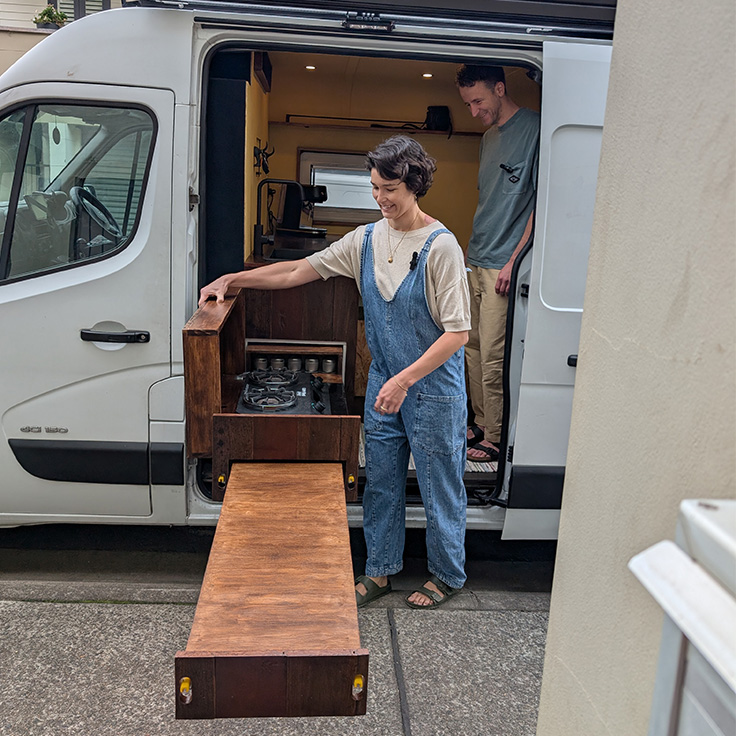
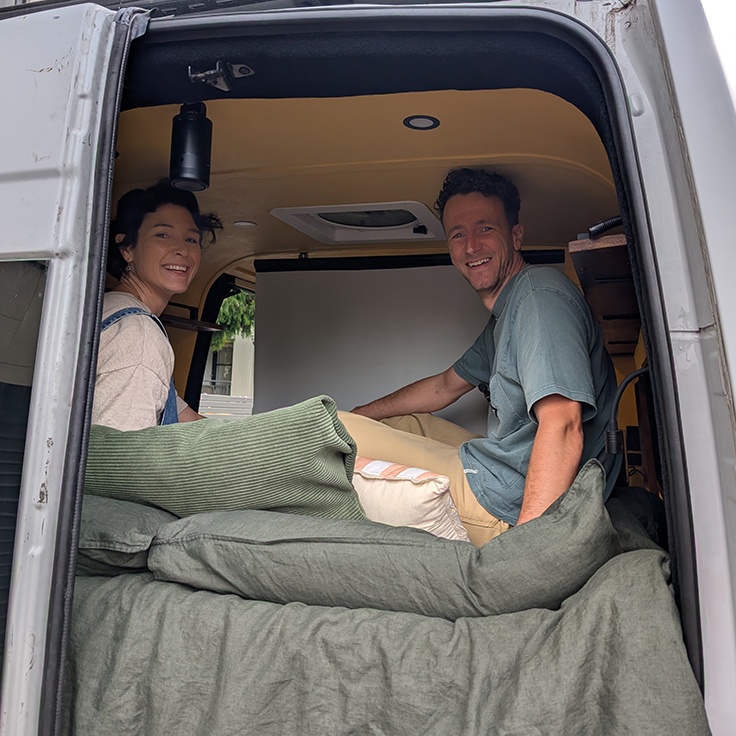
What were the biggest challenges you faced during the conversion, both financially and practically?
Adopting a dog part way through the build and needing to completely redesign the van to accommodate him. Also, buying a second dog several months later and needing to redesign AGAIN for two dogs.
Building on the street was really challenging and not being able to afford to take time off work to focus on the project.
Did you hire professionals for any parts of the conversion, or did you do everything yourself?
No, we did everything ourselves!
How did you prioritise the features and amenities to include in your campervan, given your budget constraints?
We chose to spend more money on good quality functional features that we wanted to work well and last well (e.g., windows, fan, electrical, plumbing). We were stingier on external fixtures that we could easily replace and tried to DIY or modify parts where we could. For example, the rail on our shelving is made from towel rails that we cut up to make fit. We also weren’t very bothered by the exterior appearance of the van, so we were able to save money there.
What was the most expensive feature of the build?
The electrical hardware, and the awning.
What was the cheapest feature of the build?
All of the timber we used for the bench top, shelves and trims we bought second hand from our local pub when they were renovating. So now we have this beautiful hard wood in our van, and we like to think we take a piece of Balmain everywhere with us! We definitely didn’t plan to use such nice timber because it’s very expensive to buy new.
What are some ways you were able to save money during the conversion?
We tried to reuse and recycle where we could, Macgyvered materials we already had to make new parts, bought things from Facebook Marketplace and did everything ourselves. We live in a great community and because we were renovating on the street, we met lots of neighbours and received frequent offers of second-hand materials and tool loans.
Being selective on how we spent our money – spending on the more important items and finding ways to save on others.
Good planning helps to avoid making mistakes (we made MANY mistakes), which can be expensive.
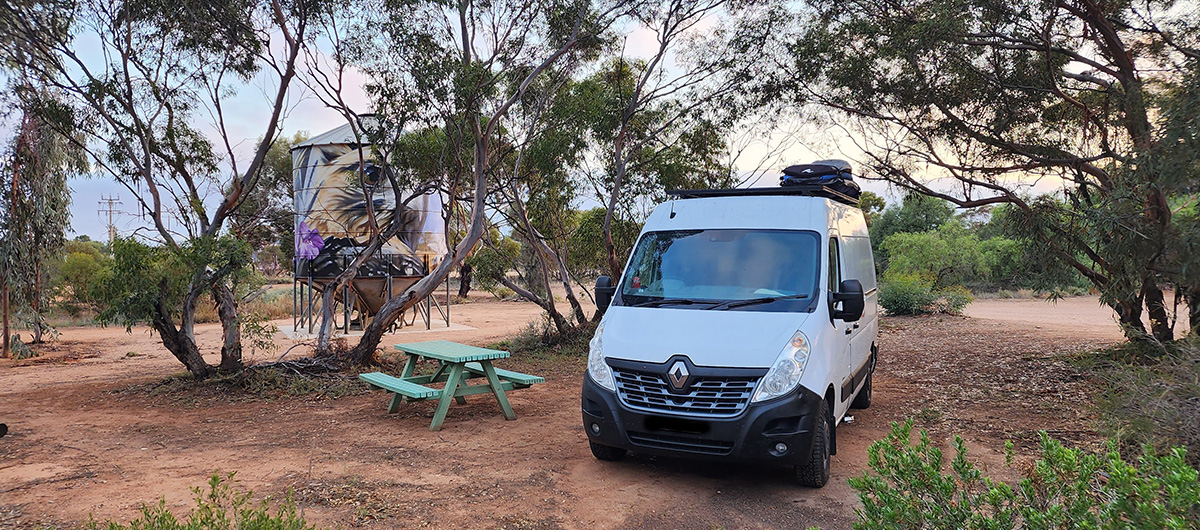
Looking back, is there anything you would have done differently?
We live in a one-bedroom apartment in Sydney with a small carport – we have three vehicles, surfboards, bikes, camping gear and very little space. At the start of the build we were setting up a table on the side of the road and storing all of our building supplies in the van. Halfway through the project we rented a garage space which hugely improved our work efficiency. We were able to store our supplies and tools and pack up and down so fast. This was a game changer and in hindsight we wished we did this from the start! This storage space allowed us to buy materials in bulk and make the most of sales. It also reduced the number of online deliveries and Bunnings trips we made. Although we still go for a sausage at least once a week.
How will this van change the way you travel, and most importantly, how will it save you money when you travel?
We definitely have no plans to camp for free on the side of the road or at the beach… That’s very illegal and we would never.
The van allows us to camp at Hipcamps (online campsites that people can book on other people’s property), showgrounds or free camping sites but still have the luxury of hot water, a queen-sized bed and a movie projector. We feel confident to travel in all weather conditions, so no trip will be cancelled because of a gloomy forecast. Being able to cook in the van saves a lot of money, although we still love a country pub and bakery.
We use the van so frequently because it’s really fast to pack and get on the road, we can go on last-minute adventures and don’t have to book or pay very much for accommodation. We really feel like we can maximise our weekends, and I still have a comfortable place to study or work.
While this may make us sound really old, we’ve found ourselves among a great community of campervan and caravan travellers who are all enjoying this lifestyle for similar reasons. We might be entering the grey nomad phase earlier than expected…
Are there any tips or tricks you learned along the way that could help others looking to convert their own campervan on a budget?
Plan, plan, plan
Watch lots of YouTube videos to learn how to DIY.
Be flexible with your ideas and plans because they are likely to change along the way.
Use the van during the build to figure out what features you want and need before you have built them. We did many trips with a mattress on the floor and some dodgy wiring to the fridge, and these trips really inspired our design.
Decide what features are important to you and budget to be able to invest more in those parts of the build.
Be creative with using materials and shop on Facebook Marketplace! This generally means more work, but it can save you lots of money.
Don’t give up! It’s so worth it in the end. We are so proud of the final result and feel totally stoked every time we get to hit the road.
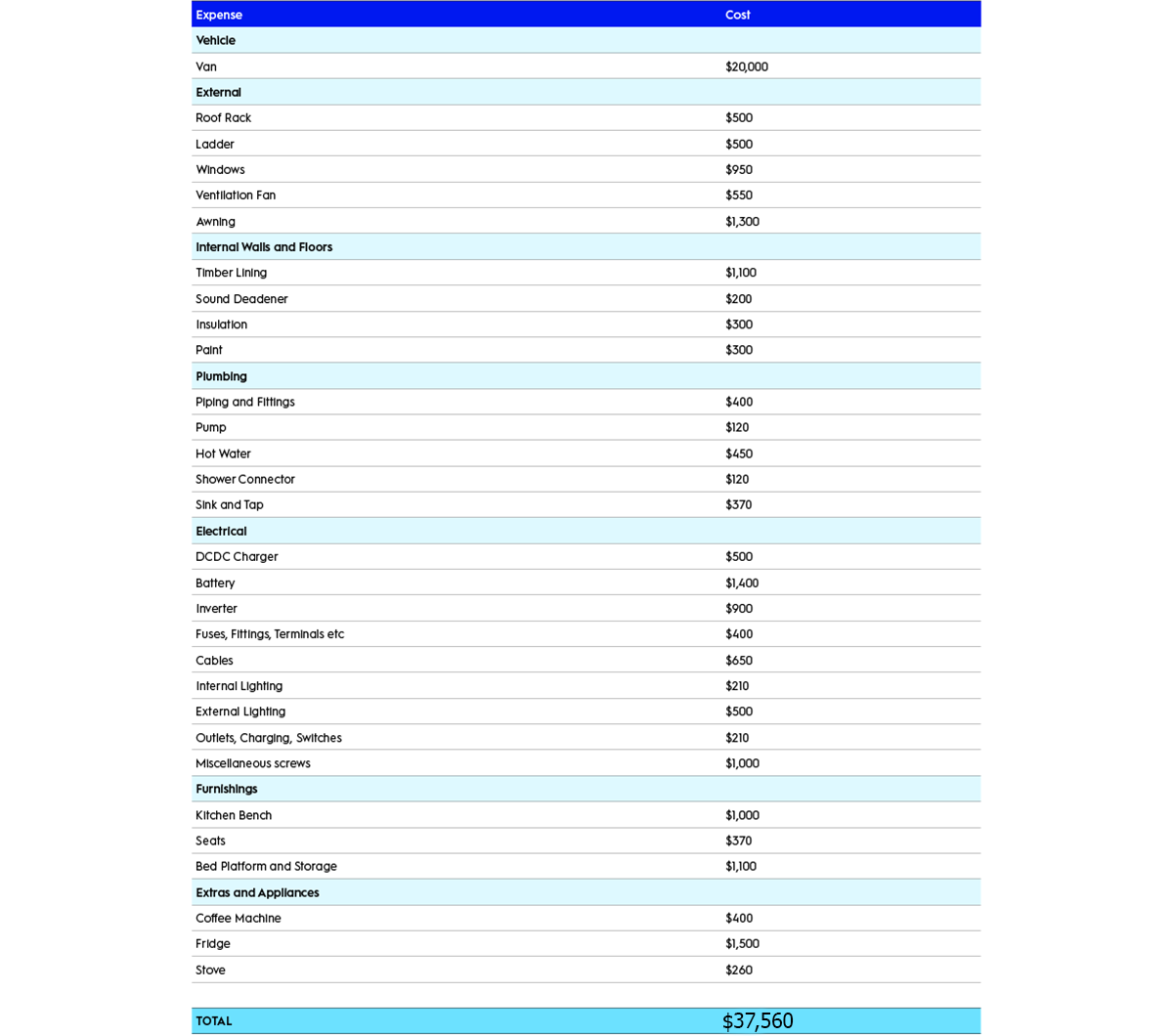
You may also like
-
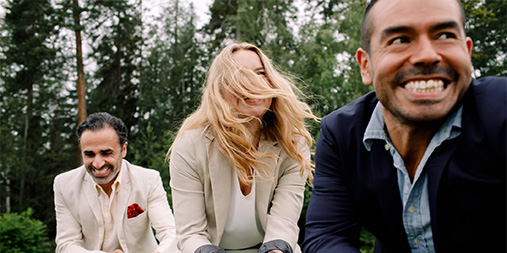
Oliver's insights - Seven reasons Australia is likely to avoid recession from Trump’s shock President Trump’s trade war poses a threat to Australian economic growth particularly via the indirect impact of weaker global activity driving less demand for our exports and lower commodity prices. -
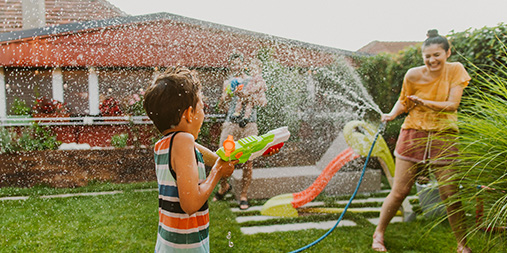
How to spot scams during the holiday season - AMP Ensure your holidays and travel breaks remain relaxing and scam-free. Here are some red flags to watch out for. -
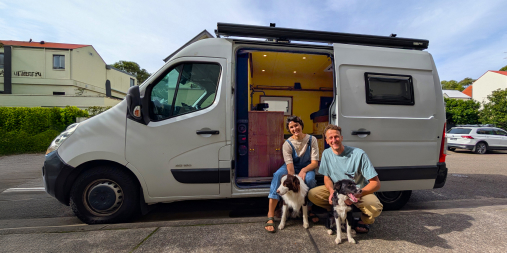
How much I spent on converting a campervan for travel - AMP Laura and Brendan combined their love for the outdoors with their DIY skills to convert a van into the campervan of their dreams. Here’s how much they spent.
Important information
Any advice and information is provided by AWM Services Pty Ltd ABN 15 139 353 496, AFSL No. 366121 (AWM Services) and is general in nature. It hasn’t taken your financial or personal circumstances into account. Taxation issues are complex. You should seek professional advice before deciding to act on any information in this article.
It’s important to consider your particular circumstances and read the relevant Product Disclosure Statement, Target Market Determination or Terms and Conditions, available from AMP at amp.com.au, or by calling 131 267, before deciding what’s right for you. The super coaching session is a super health check and is provided by AWM Services and is general advice only. It does not consider your personal circumstances.
You can read our Financial Services Guide online for information about our services, including the fees and other benefits that AMP companies and their representatives may receive in relation to products and services provided to you. You can also ask us for a hardcopy. All information on this website is subject to change without notice. AWM Services is part of the AMP group.



